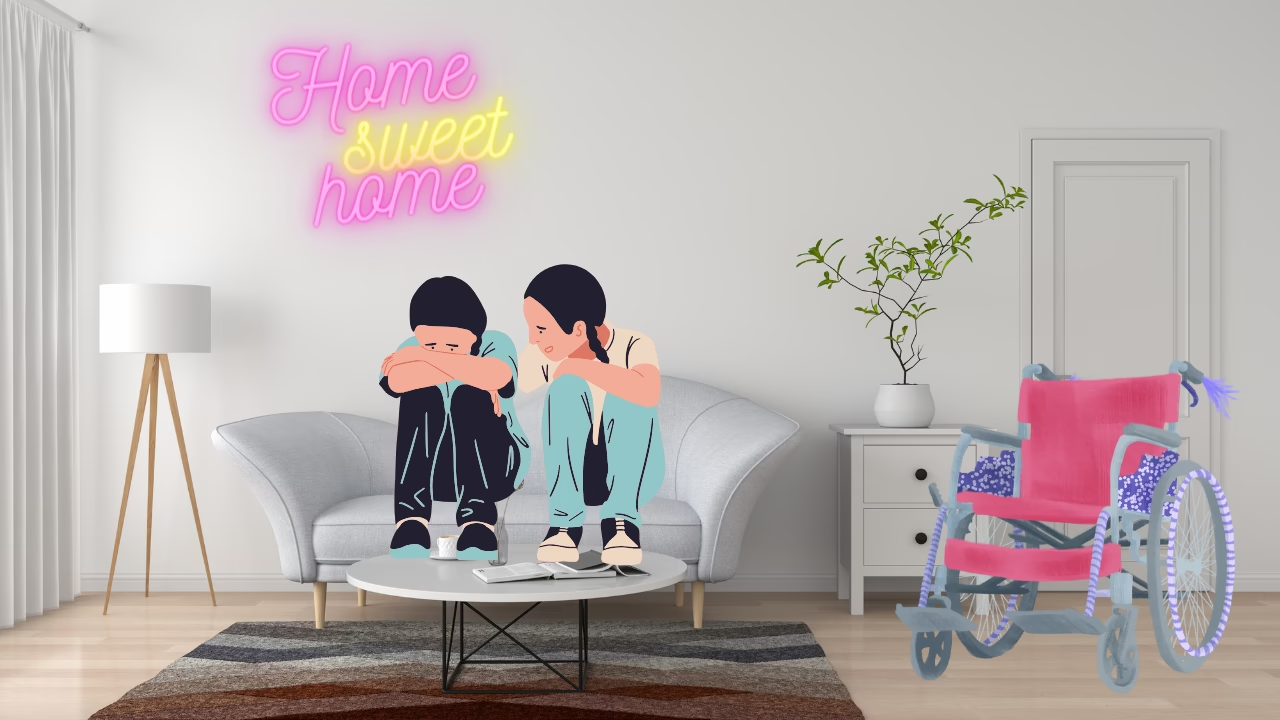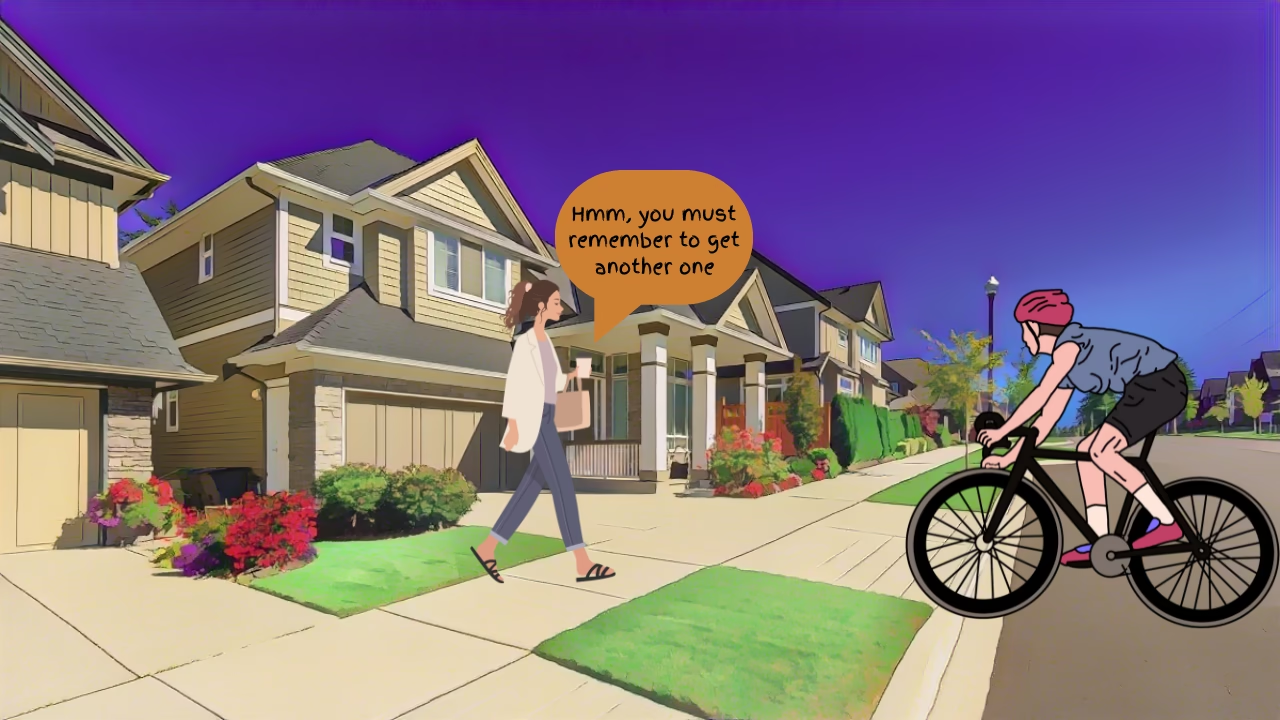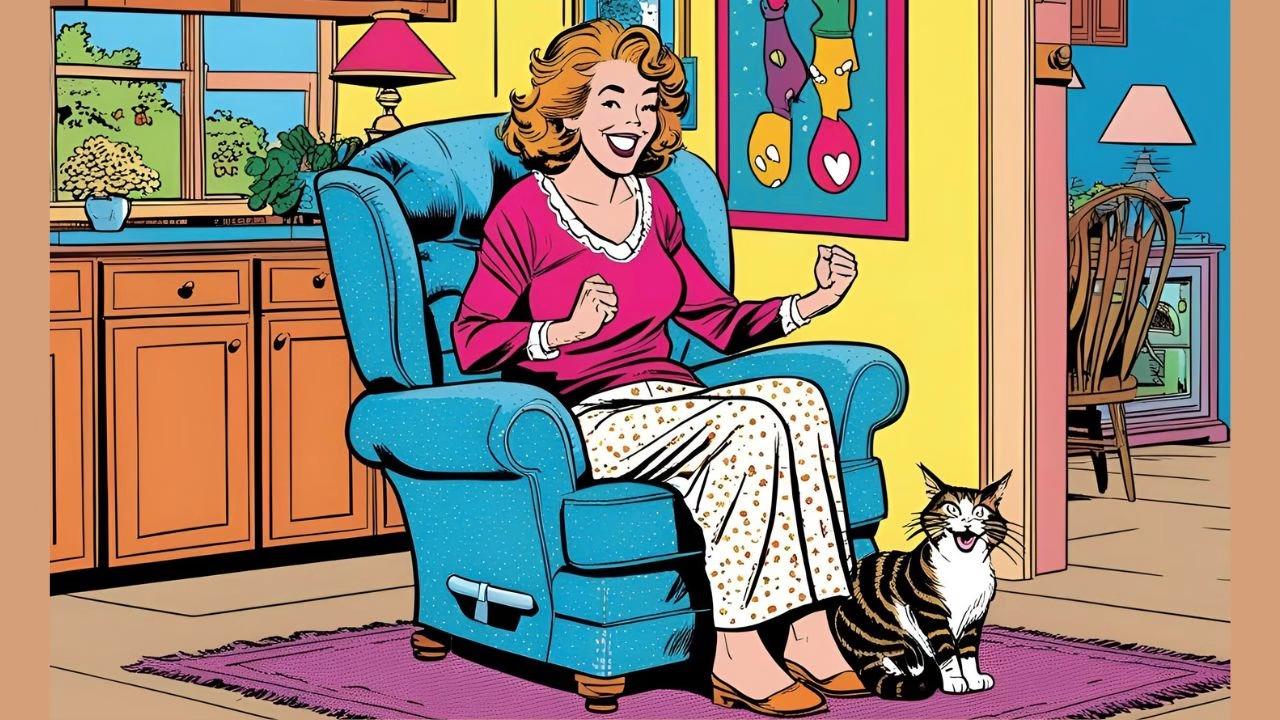If you’re reading this, chances are you’re looking for ways to keep your body moving even when life throws a few extra challenges your way. Whether you’re housebound due to mental health struggles, a physical disability, or a chronic illness, you may feel stronger and more connected to your body through home exercise.
And the good news? You don’t need a fancy gym, endless energy, or even the ability to stand up to get started. So, let’s turn the tables on those limitations and find joyful ways to move — right from where you are. This is your time for practical home exercise.
🪑Chair Exercises: Your Secret Weapon for Home Exercise
Think of your chair as your new exercise buddy! Chair exercises are a fantastic way to stay active safely, even if your energy or mobility varies from day to day. Moreover, they offer flexibility that fits your needs. Here are some simple movements to get you started with your home exercise routine:
💺Easy Seated Movements for Home Exercise
- Seated Marching – Lift one knee, then the other, like you’re marching in place.
- Arm Circles – Stretch your arms out and make small circles — forward and backwards.
- Seated Twists – Gently twist your upper body side to side to wake up your spine.
- Overhead Arm Press – Push your hands toward the ceiling (or as high as feels good) and bring them back down.
- Toe Taps – While seated, tap your toes on the floor rhythmically.
- Heel Raises – Lift your heels off the ground while keeping your toes down.
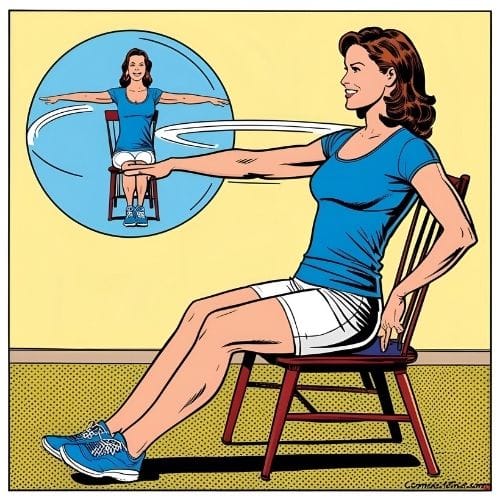
🤼Limited Range of Movement? No Problem for Home Exercise!
Small movements are still mighty. Suppose you’re working with a limited range of motion. In that case, these gentle exercises can help you stay connected to your body and feel more energised — all from the comfort of your home.
✌️Gentle, Focused Movements at Home
- Hand Squeezes – Gently squeeze a soft ball (or rolled-up sock) and then relax your grip.
- Finger Taps – Tap each finger to your thumb, one by one.
- Toe Wiggles – Wiggle your toes inside your socks or shoes.
- Gentle Neck Tilts – Tilt your head slowly from side to side or back and forwards.
- Shoulder Blade Squeezes – Squeeze your shoulder blades together like you’re trying to hold a pencil between them.
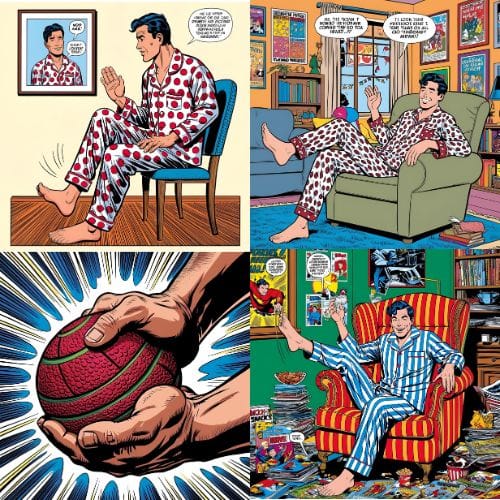
😴Staying Motivated on Challenging Days
You might only manage a few minutes today. Your range of motion may be tiny right now. But that’s okay. You’re still moving. You’re still trying. And that is incredible.
Understanding Home Exercise Motivation
Sometimes our motivation dips, especially when dealing with fatigue, pain, or emotional strain. Stress and negative thoughts can sneak in. Therefore, recognising these patterns can help you respond with care rather than criticism.
Setting Goals That Work for Your Home Exercise Journey
Start with tiny goals and build up. A short burst of movement, like five minutes of a home exercise, is still a win. And when you celebrate those small victories, you train your brain to look for progress instead of perfection.
Make Movement a Home Habit
Try to build a routine that fits into your day. Consistency will serve you far better than intensity. Even if it’s just stretching while the kettle boils or doing ankle rolls during a phone call. In other words, small, regular actions lead to meaningful change.
Find Home Exercise Inspiration That Feels Right
Watch videos from adaptive fitness creators. Additionally, join online groups like Housebound Friends. Seeing others like you enjoying movement can be wonderfully uplifting.
Reward Your Effort
Sometimes, treating yourself helps keep things going. Whether it’s a favourite snack, a phone call with a friend, or a sticker chart (yes, really), find what motivates you. After all, you’ve earned it.
⚠️Home Workout Safety and Motivation Guide
Keeping safe is vital, especially when doing home exercise. Let’s discuss how to protect your body and mind while you move.
Create a Safe Home Exercise Space
Clear away clutter, use a sturdy chair, and keep essentials within reach. A calm environment supports better focus and fewer mishaps.
Know Your Home Exercise Limits
If you’re new to movement or returning after a long break, start slowly. Listen to your body. Stop if you feel pain or dizziness. Modify movements when you need to — this is your exercise, your pace. Above all, be kind to yourself.
Warm Up and Cool Down Every Time
Even a few shoulder rolls and neck tilts before and after your session can make a big difference. Gentle stretching reduces stiffness and promotes circulation.
Use the Right Home Exercise Gear
If you have resistance bands or small weights, great! But if not, use what’s around you — a tin of beans, a towel, or your own body weight. Just make sure that anything you use is safe and in good condition.
🥳Celebrate Every Home Exercise Movement
Every breath, every stretch, every finger wiggle is a sign that you’re showing up for yourself. That matters more than any number or target. In short, effort is what truly counts.
Let’s keep turning the tables on limitations together.
Additional Resources
Online
- YouTube: Search for channels dedicated to senior fitness or rehabilitation exercises. Look for playlists specifically focused on chair exercises for different conditions, such as arthritis, back pain, or limited mobility.
- National Institute on Aging: Their website offers a variety of exercise resources tailored for older adults, including chair exercises that can be adapted for various health conditions. [www.nia.nih.gov]
- American Physical Therapy Association (APTA): Check their resources for patient exercises and guides, including chair workouts for people with specific needs.[www.apta.org]
- Mayo Clinic: The Mayo Clinic’s patient education section includes exercise recommendations for various health conditions, including videos and guides for chair exercises. The section – including exercise recommendations and chair exercises – can be found at the following link: [Mayo Clinic Patient Education]. Please check their website for the most accurate and up-to-date information.
- Fitness Blender: This site features a selection of low-impact workouts specifically designed for individuals with limited mobility or special conditions. The website for Fitness Blender is [fitnessblender.com]. You can find a variety of low-impact workouts there.
- Telehealth Services: Consider virtual sessions with physical therapists who can create personalised chair exercise programs based on specific conditions.
- Apps: Fitness apps like “Aaptiv” or “Sworkit” might have sections dedicated to mobility-focused exercises that can be done from a chair.
Books
- “Chair Yoga: Sit, Stretch, and Strengthen Your Way to a Happier, Healthier You” by Hala Khouri
- “The Chair Exercise Book: A Guide to Effective Chair Exercises for Seniors” by Pamela B. Carter
- “Yoga for the Special Child: A Therapeutic Approach for Infants and Children with Down Syndrome, Special Needs and Autism” by Sonia Sumar
Look for titles focused on chair exercises or adaptive fitness, which often provide tailored exercise routines for various health issues.
Podcasts on Health and Fitness
- “Yoga and Fitness for the Special Needs Community” – Explores adaptive fitness techniques and supportive practices for individuals with special needs.
- “The Mindful Movement Podcast” – Focuses on mindfulness, movement, and various exercise routines, including adaptive exercises.
- “The Senior Fitness Podcast” – Offers insights and discussions around fitness and health specifically for seniors, including chair exercises.
Some podcasts focus on adaptive fitness and may share resources or interview experts who discuss chair exercises for specific conditions.
Offline
Local community centres or senior centres often offer classes or workshops focused on chair exercises. They may provide resources or instructors with specialised knowledge who can do a home visit.




